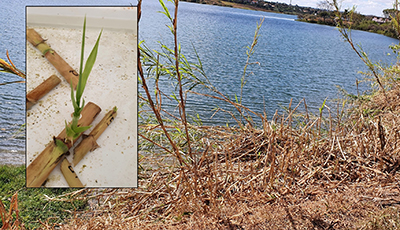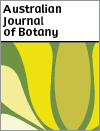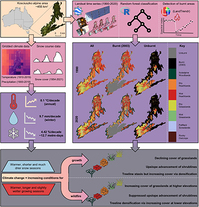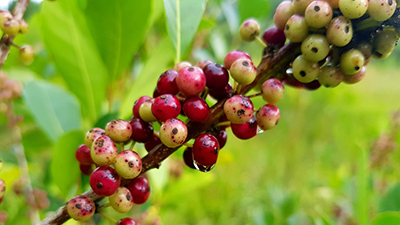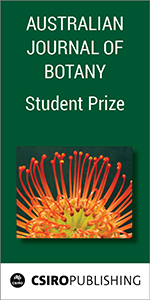Australian Journal of Botany
Volume 71
Number 5 2023
Giant reed (Arundo donax) is a rapidly growing invasive grass that can cause serious environmental damage. We have shown that small pieces of stem can regenerate a new plant underwater, survive 30 days of submersion or several days of desiccation in air and still be able to regenerate new plants. Control methods relying on cutting the aerial parts should remove all plant remains or they would have the opposite effect of spreading the plant, particularly in wetlands.
Climate change is driving changes in alpine vegetation as well as leading to intensifying wildfire regimes. Here, we assess changes in climate and vegetation for Australia’s highest and most biologically diverse alpine area using remote sensing data. As the climate has warmed, precipitation regimes have changed and snow cover has declined, the cover of woody vegetation has increased through densification at the treeline and upslope migration of shrublines, leading to increased landscape flammability.
Understanding the factors that influence viable-seed production is crucial in the conservation of threatened plant species. We investigated factors affecting the production of viable seed in Zieria granulata and found this endangered species to be an obligate outcrosser that is pollinated by a diverse suite of insects and affected by seed predation. Poor production of viable seed may be remedied by cross-pollination with plants in neighbouring populations (if within-population diversity is low) or bagging developing fruit to exclude predators.
Yerba mate (Ilex paraguariensis) is an important forest essence, and its cultivation generates employment and income for small and medium rural landowners, especially in Brazil, Argentina, and Paraguay. The seedling production of the species is hindered by seeds’ dormancy, which demands long periods of stratification to germinate. Low temperatures, substrates, and periods were tested in order to accelerate and homogenise yerba mate seeds germination.
